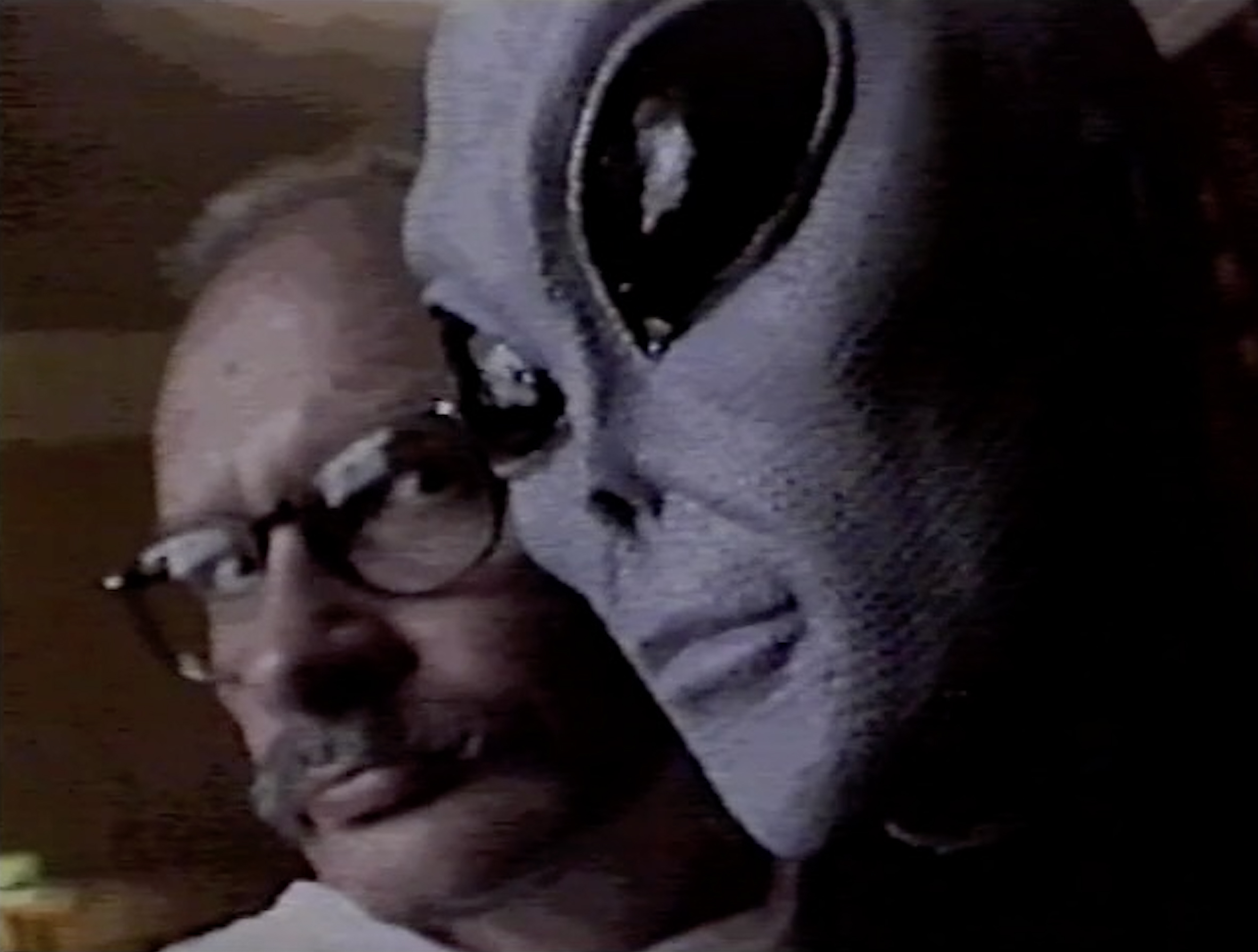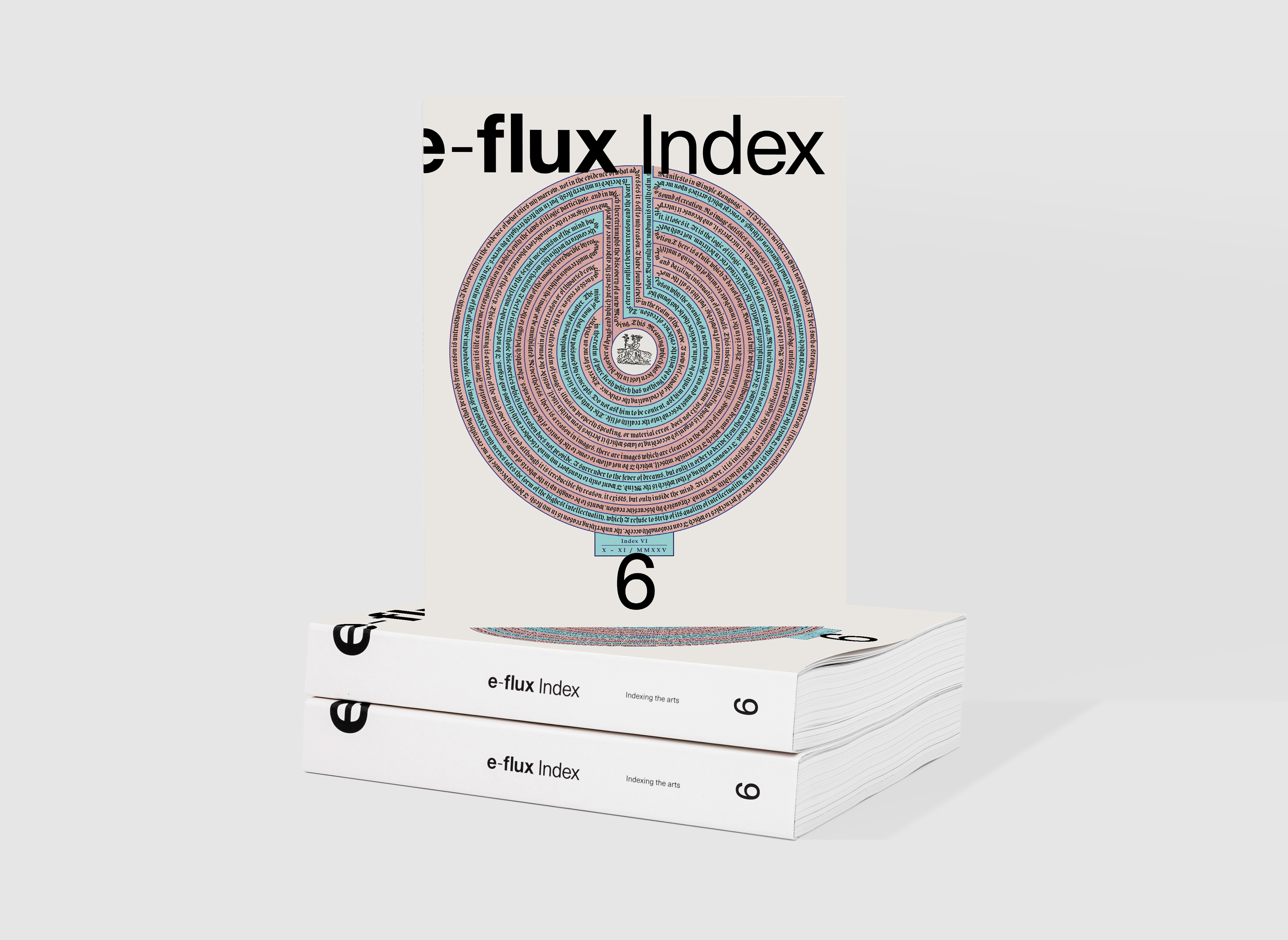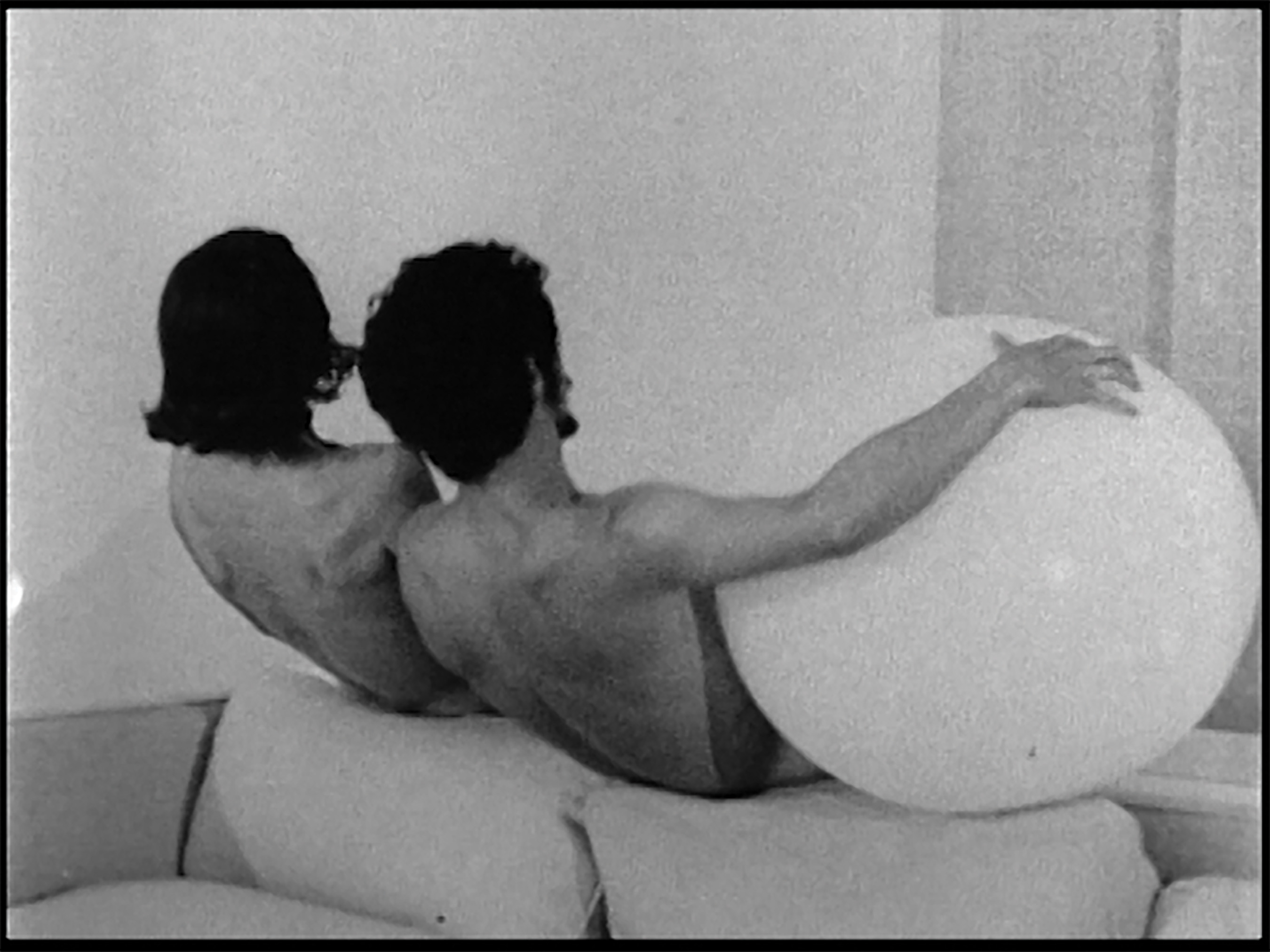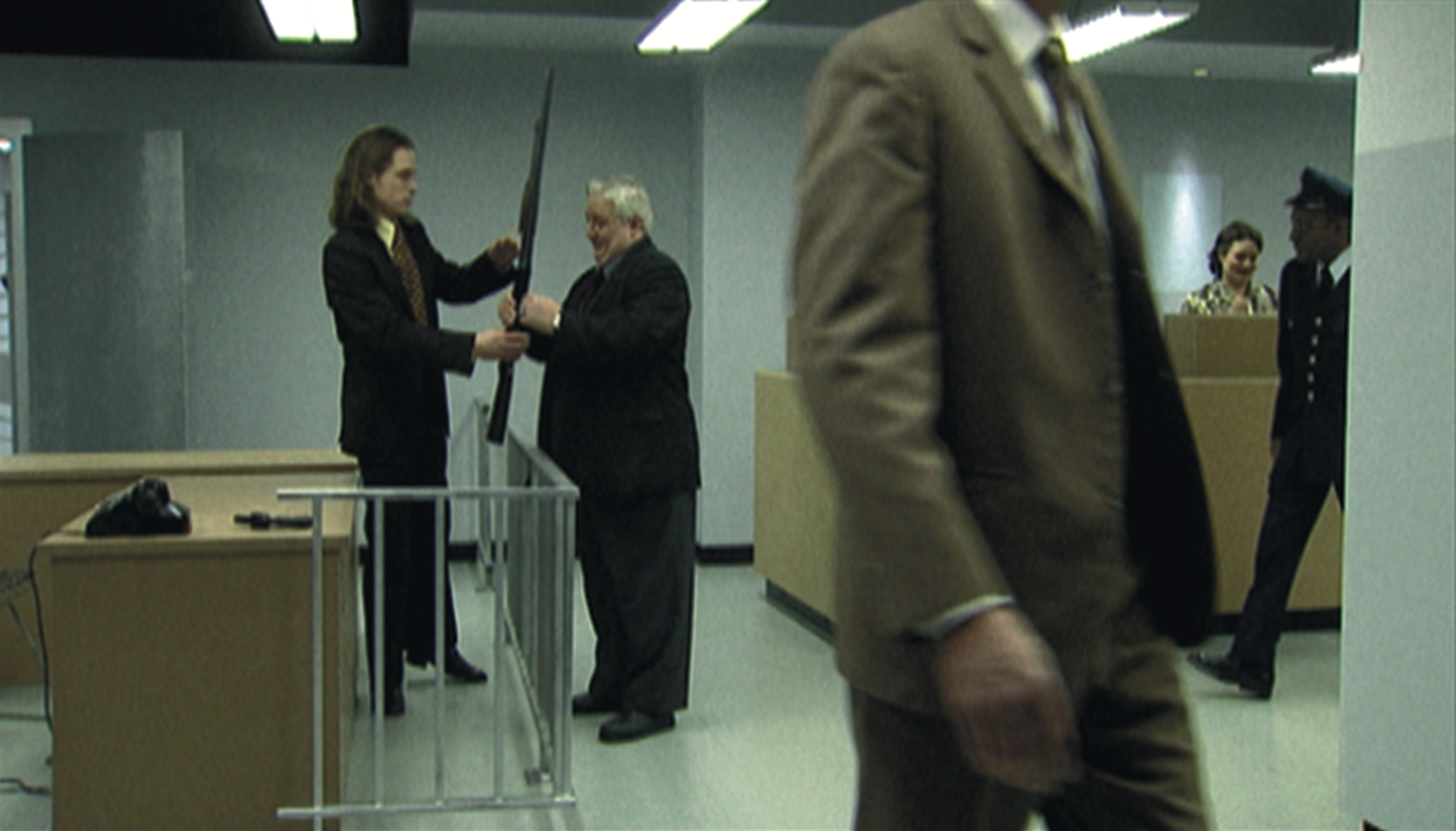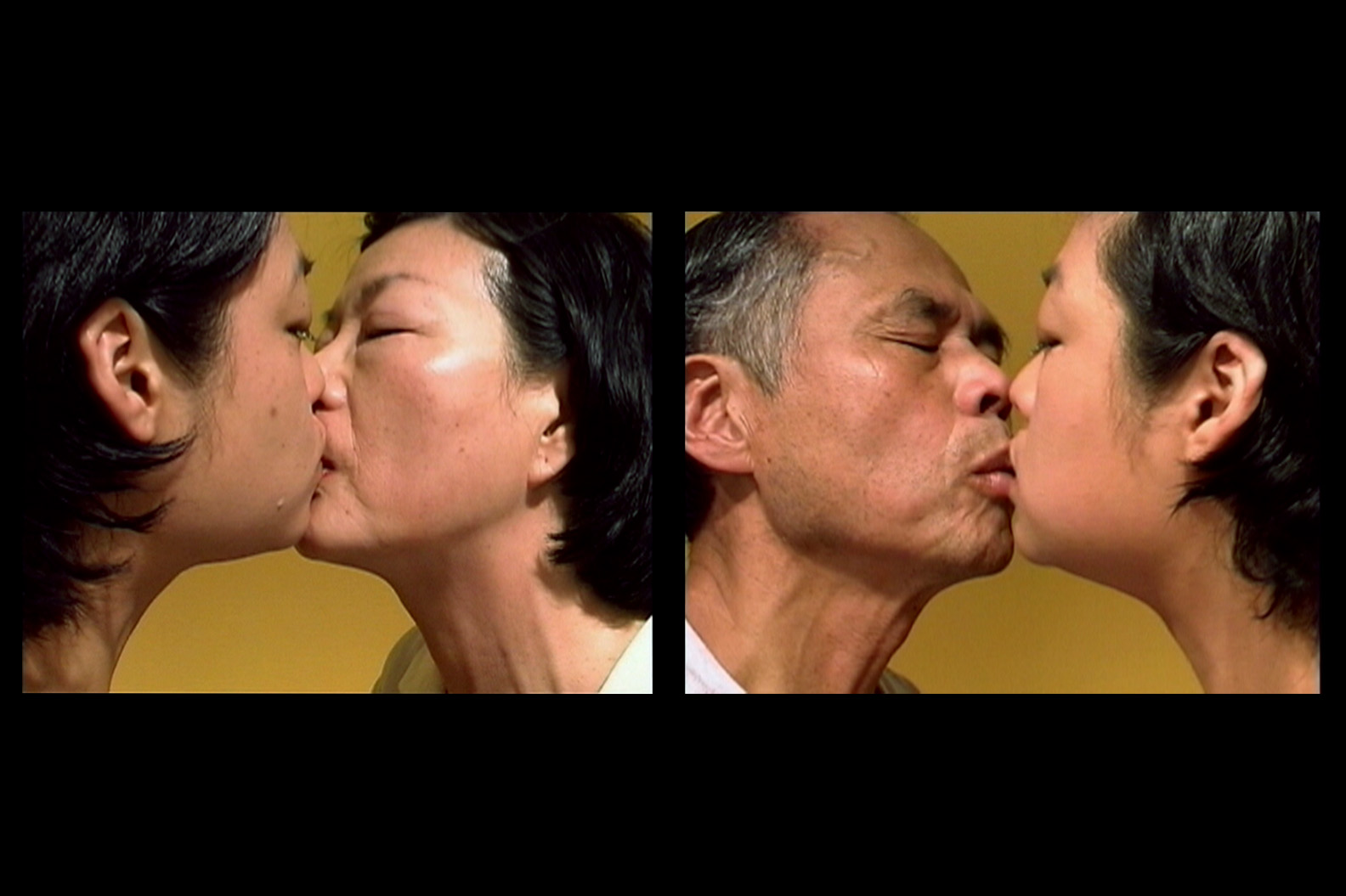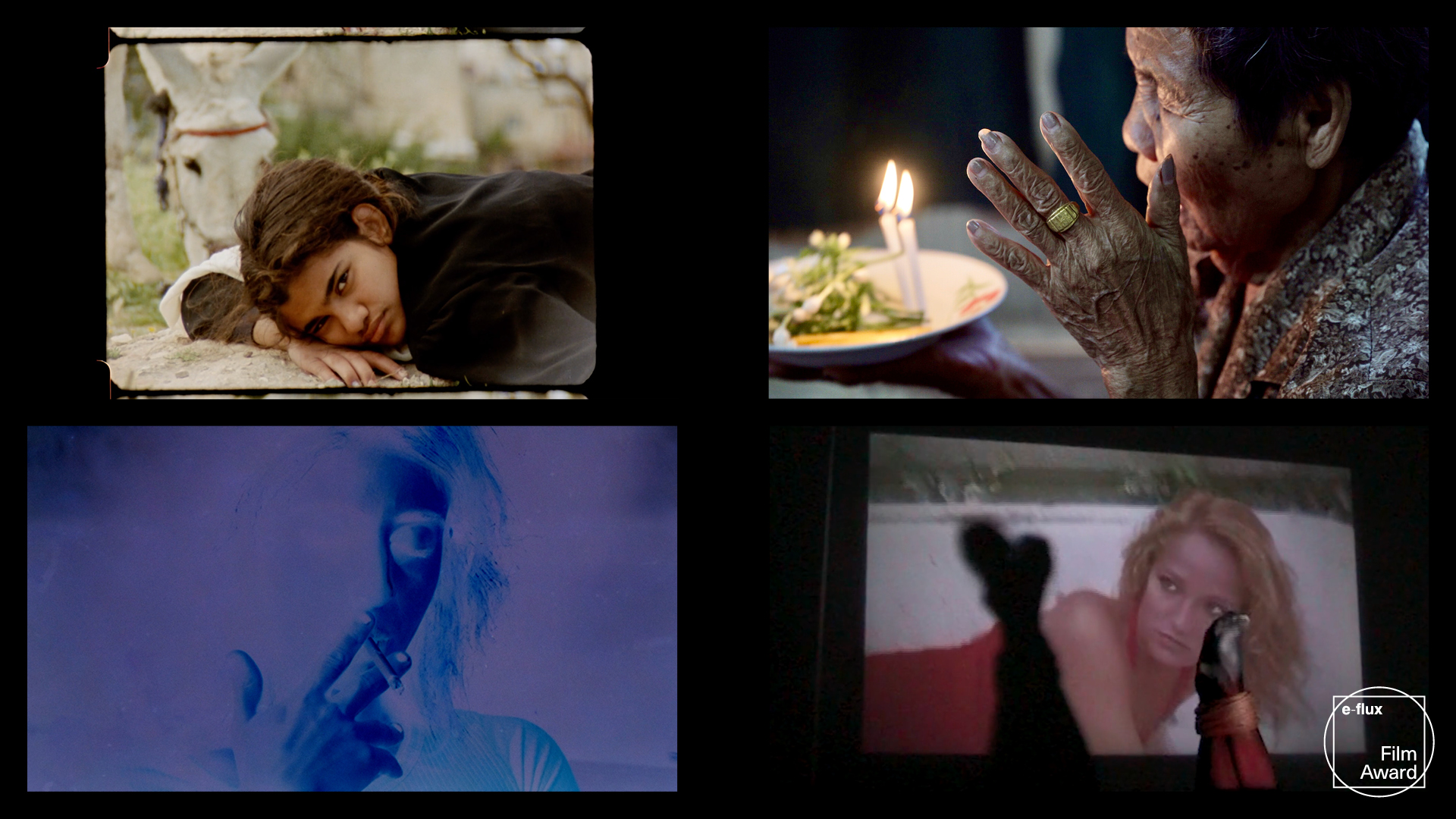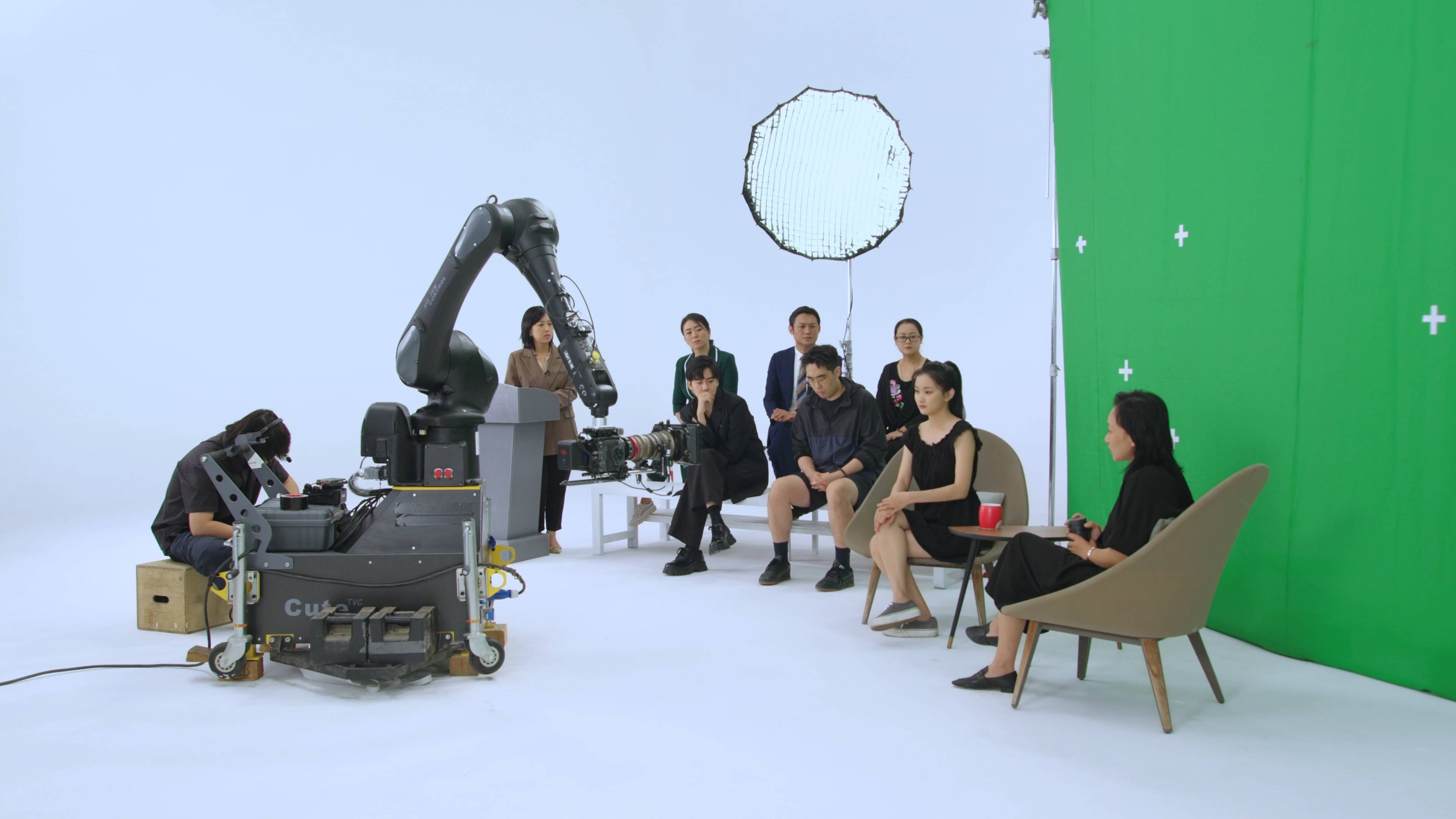A new online series on e-flux Video & Film, programmed by Lukas Brasiskis
With films and videos by Larry Achiampong and David Blandy, Peggy Ahwesh, Eric Baudelaire, Filipa César and Louis Henderson, Micaela Durand and Daniel Chew, Harun Farocki, Omer Fast, Johan Grimonprez, Louis Henderson, Chris Kennedy, Manu Luksch, Sara Magenheimer, Chris Marker, Jesse McLean, Alison Nguyen, Sondra Perry, Forensic Architecture and Praxis Films, Walid Raad, Hito Steyerl, and Peter Watkins.
The unparalleled technological change happening over the past decades has caused a drastic shift in the perception and experience of reality. In the 1990s and early 2000s, traditional certitudes were cast into doubt indicating that belief in factual truths became just an option among a wide variety of angles and perspectives on the real. Consequently, academic discussions about the crisis of truth found resonance in the art world. A number of artists started to make works reflecting on or criticizing the “post-truth” discourse, causing what art critics and historians call the “documentary turn in contemporary art.” However, in the last ten years, when scientific facts about the irreversibility of global climate change have coincided with the unprecedented growth of science denialism, and when a reactionary rhetoric of “alternative facts” as well as the online spread of “fake news” have become a real threat to democracy, the question of the relationship between reality, mediated facts, and identity begs to be reconsidered.
Responding to the current political, technological, and environmental conditions, this series of screenings highlights 20 contemporary and historically important films and videos that examine unstable boundaries between fact and fiction, nature and artifice, objectivity and subjectivity, mediation and exposition. The title True Fake has been chosen as a statement alluding to audiovisual images perceived as fabricated or non-indexical and yet that surpass a simple true/false, documentary/fiction division.
How do artists respond to a context in which trust in politics has become contaminated through algorithmic targeting and fake news? How do films and videos investigate fabricated truths when alternative facts undermine the confidence in and the integrity of the media? How does the “truthiness” of the fake affect strategies of political activism and processes of decolonization? What is the role of the imagination in the technologically saturated world? How does one sustain his/her/their identity situated between real and virtual worlds, and at what expense? Does reality have an avatar? And what does it look like?
Artists and filmmakers presented in the five parts of this series creatively investigate the changing relationship between truth and fiction, examining not only mediated facts and fabrications, but also the very mechanism of mediation itself. They trouble a naive belief in a purity of the real and search for new audiovisual modes to speak truth(s) to the public.
Accompanying the series is a complementary e-flux journal reader dedicated to further inquiry around the often unstable and ambiguous relationship between reality and documentary facts. It features a selection of critical writings on the epistemological and socio-political realness of technological simulations. Discussions around alternations of vision and visibility, as well as the asymmetries of perspective and their biopolitical repercussions, chighlight blurring boundaries between what at certain times has been known as “fiction” and as “fact,” and alert to the necessity of fathoming new forms of visibility and new public forums.
The series will include a live discussion with some of the participating artists and other guests (date to be announced).
True Fake: Troubling the Real in Artists’ Films runs from February 9 through April 20, 2021. We start with Part One, whose films will screen for two weeks. Subsequent parts will follow bi-weekly, with new films screened every other Tuesday.
Part One | Simulations and (Hyper)Reality
Tuesday, February 9—Monday, February 22, 2021
Harun Farocki’s Parallel II and Parallel III (2014), Peggy Ahwesh’s The Falling Sky (2017), David Blandy’s and Larry Achiampong’s Finding Fanon 2 (2015), and Sondra Perry’s It’s in the Game '17 (2017) explore various kinds of digital simulations and their functioning. From mundane environments to planetary views, from military cartographies to non-human worlds, computer scientists and video game developers are building hyper-realities, where view(s)ers acquire virtual bodies and act in virtual spaces. Experientially, these hyper-realities are characteristic of a means to navigate through complex and multi-scalar situations. Yet, what does the simulation of reality mimic and for whom does it function? What does hyper-reality tell us about the real and how does it represent intrinsic mechanisms of control and colonialism? From ontological questions about the nature of (hyper)reality to the critical appropriation of forms of digital worlds, the works in this chapter of the series re-embody and critically examine the simulated environment.
Part Two | Virtually Yours
Tuesday, February 23—Monday, March 8, 2021
Social networking, micro-blogging, and dating apps among other forms of online presence made way for new avenues for constructing digital identities and practicing de-personalized communication, enabling larger digital networks built around individuals. As a consequence, one’s personal narrative becomes linked to vast social, artistic, and political dimensions of the virtual world. Chris Marker’s Level Five (1997), Alison Nguyen’s every dog has its day (2019), Micaela Durand’s and Daniel Chew’s First (2019), and Jesse McLean’s See A Dog, Hear A Dog (2016) examine the blurred division between the physical and the online worlds. They reveal the complexity of digital identities, while investigating the potentials and limitations of artificial-intelligence-driven communication with the digital Other.
Part Three | Tracking the Coded Real
Tuesday, March 9—Monday, March 22, 2021
Information-mining and the tracking of big data by corporations and governments have been concurrent with a significant switch to online communication. Governments and tech corporations are increasingly implementing digital identity control programs. The algorithmic codes of online presence allow them to collect, store, and use the biometrics of individuals who participate in social media. Manu Luksch’s Algo-Rhythm (2019), Louis Henderson’s Black Code/Code Noir (2015), Forensic Architecture's and Praxis Films’ Triple Chaser (2019), and Chris Kennedy’s Watching the Detectives (2017) look at artificial intelligence and the algorithmic functioning of the media as methods to investigate cases of state violence and violations of human rights. Focusing on tracking technologies that are becoming a significant agent in post-internet control societies, the films presented in this chapter ask: What new possibilities do digital tracking and encoding open for censorship, as well as for the creative revelation of hidden truths?
Part Four | Optics of Truth: Media and Alternative Facts
Tuesday, March 23—Monday, April 5, 2021
Michel Foucault describes the "politics of truth” as a set of rules that determine the ways with which we distinguish true statements from false ones, and fix the procedures of truth’s very production. Truth, according to Foucault, is thus always politically regulated and mediated. But what happens when the false takes the place of the true in the process of the mediation of truth? The films in this chapter explore the functions and misfunctions of optical media and mass storytelling techniques, with a specific emphasis on audiovisual ways of manipulation. Filipa César’s and Louis Henderson’s Sunstone (2018), Sara Magenheimer’s Art and Theft (2017), Johan Grimonprez’s Blue Orchid (2017), and Hito Steyerl’s How Not To Be Seen: A Fucking Didactic Educational .Mov File (2013) examine the history and present state of the optical production of truths and alternative facts.
Part Five | Faux Documentary and Complex Reality
Tuesday, April 6—Monday, April 19, 2021
Can faux documentaries become a form of resistance to alternative facts claiming to be truth? How does the power of the false become political? Can fiction, posing as fact, pull the audience out from the depths of informational echo chambers? Featuring Peter Watkins’ The War Game (1966), Eric Baudelaire’s The Anabasis of May and Fusako Shigenobu, Masao Adachi, and 27 Years without Images (2011), Walid Raad’s The Dead Weight of a Quarrel Hangs (1999), and Omer Fast’s 5000 Feet is the Best (2011), this part of the series examines the potentials of the production of faux stories to expose hidden or censored truths as counter-arguments to the dominant regime of truth.
Lukas Brasiskis is a film and media researcher and curator, currently a PhD candidate at New York University in the Department of Cinema Studies and an adjunct professor at NYU and CUNY/Brooklyn College. His interests include eco-media, the politics and aesthetics of world cinema, and intersections between philosophy, moving-image cultures, and the contemporary art world. Brasiskis’ texts have been published in both academic and non-academic media and he has curated a number of screening programs, including Ecology After Nature (e-flux, NY), From Matter to Data: Ecology of Infrastructures (with Inga Lace, Post MoMa, NY), Environmental Memories in East-Central European Art (Alternative Film/Video Festival, Belgrade), Landscape to be Experienced and to be Read: Time, Ecology, Politics on the work of filmmaker James Benning (CAC, Vilnius), Mermaid with The Movie Camera (Spectacle Theater, NY), Human, Material, Machine (with Leo Goldsmith, CAC, Vilnius, Lithuania), Baltic Poetic Documentary as Ethnographic Cinema (NYU, NY), Welcome to the Anthropocene (CCAMP, Lithuania), and a retrospective of the films of Nathaniel Dorsky (CAC, Vilnius) among others.
For more information, contact program@e-flux.com.
